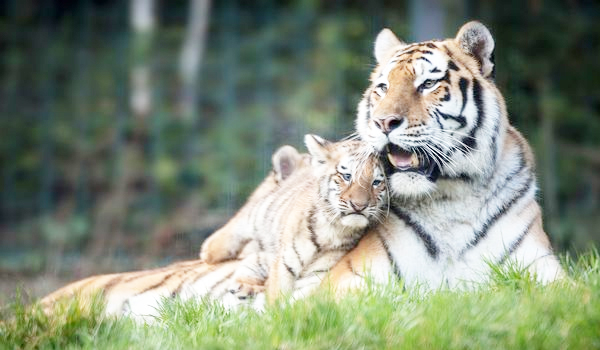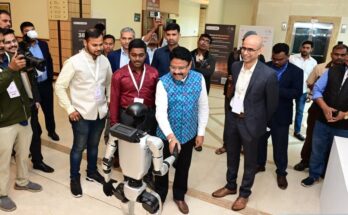Samikhsya Bureau
While Odisha has a reason for some celebration for getting the GI tag for the syrupy sweet Rasagolla, there is dismay among the wildlife lovers that, today when the entire world celebrates the World Tigers Day , Odisha has very little reason for a wow.
The Prime Minister Narendra Modi himself did not miss a photo op to claim that India has not only made itself one of the safest homes for the tigers but there is a rise in tiger population in the country, taking the total to 2, 967 which is a 33% increase. In last four years there is an increase in the number of tigers by 741 tigers in which Madhya Ptadesh and Karnataka have the lion share.
Anyway, that is the statistical enumeration made through ‘ unscientific methods ‘ for the census, said a miffed wildlife experts Lala A.K.Singh, who is vehemently opposed to the method of the counting. It is all done through computers and cameras by totally abandoning the traditional method of tiger census.
As regards Odisha, a safe sanctuary for the big cats and elephants, the reality, going by the census, is a dampener. It shows that in last four years the tiger population remains static at 28 only. Which is puzzling and depressing as well.
Singh does not endorse the individual camera trapped or camera trap method . ‘ It is never foolproof ‘ but such figures are made decorative for the system to official celebrate the day. Experts although refused to comment on what the prime minister stated on the day, but they rely more on the traditional methods of census that what a computer has to tell us.
Notwithstanding what the population of tigers in India is, Odisha cuts a sorry figure and a surprising one that in last so many years, there is stagnation at 28. What could be the reason behind such a stagnancy is difficult to say but, given the number of habitats for the tigers and the hefty allocations made for conservation of the animals, it is disappointing.
Be it rapid urbanisation leading to the shrinkage of wild habitats but, there is a serious lacking in Odisha whatsoever the experts opine. And the administration and the political executives, the so called protectors, are also overtly urban in their approach. Who gets down to the ground to see where things stand.




